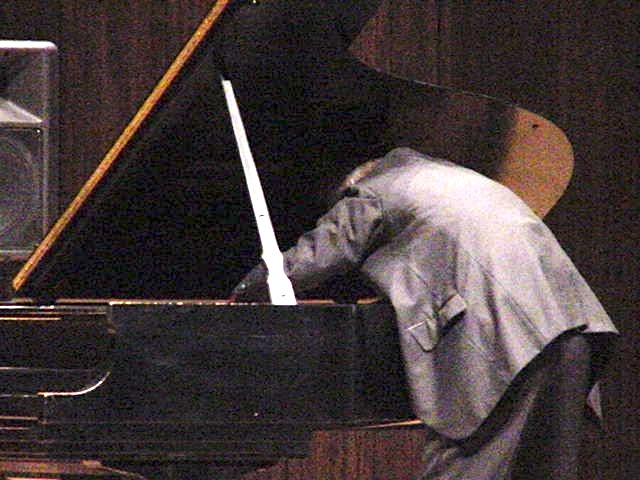
I felt like I was right back in a composition lesson with Dr. Brian Campbell, my former CSB/SJU music professor, when I interviewed him for this episode of Composer Quest. As always, he imparted plenty of wisdom, this time about writing music from a single “seed” and developing that idea. We also talk about form, writing melodies, “robot composers,” and using the Japanese aesthetic of “ma” – silence. We also get to hear a couple of Brian’s songs based on Emily Dickenson poems.
[audio:https://charliemccarron.com/mediaftp/composerquest/composer-quest-012-brian-campbell.mp3]Right click to download Ep. 12, or open in iTunes.
A very special thanks to composer and theorist Dmitri Tymoczko for letting us use his samples of music based on constraining random notes. Dmitri has showed interest in being interviewed for a future episode, so I’m excited to do some homework in preparation for that interview! He recently published a revolutionary new theory book called A Geometry of Music, as well as a jazz album approached from a classical sense of form called Beat Therapy. His new album Crackpot Hymnal will be released soon.
In this episode, we reference a number of modern composers, all of which have very difficult names to pronounce and spell. So here are links to their work:
- György Ligeti – Musica Ricercata (Using limited pitch sets)
- Iannis Xenakis – Metastasis (Mathematical but gripping)
- Olivier Messiaen – Et exspecto resurrectionem mortuoru
- Olivier Messiaen – Quartet for the End of Time
- Barton and Priscilla McLean – Composer’s Playpen (Chance music)
- Dmitri Tymoczko – What Makes Music Sound Good? (Constraining random notes to create “real” music)
- John Cage – Four2
- Toru Takemitsu – A Flock Descends into the Pentagonal Garden (Use of space)
- Toru Takemitsu – Rain Tree Sketch I
- William Caplin – Classical Form: A Theory of Formal Functions for the Instrumental Music of Haydn, Mozart, and Beethoven (Oxford University Press, 1998)



